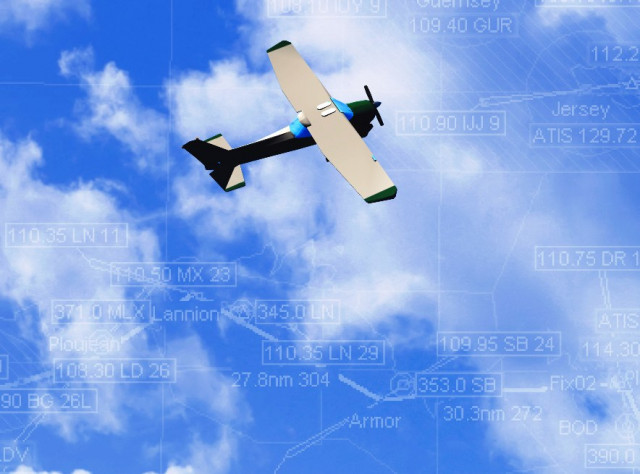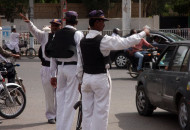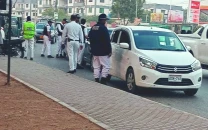Opportunities abound for aspirants in aviation industry
New venture offers one-of-its-kind facility for EASA licencing in Pakistan.

Aircraft technicians – a designation interchangeable with ‘engineer’ in many parts of the world – will soon be among the most highly sought-after professionals. According to US airplane manufacturer Boeing, aircraft sales will reach 34,000 units in the next 20 years as global air traffic grows at 5% per year. Interestingly, Boeing also predicts that Asia will witness the strongest growth, with aircraft demand in the continent reaching over 12,000 units over the period.
So how can a 15-year-old Pakistani eager to join the aviation industry take advantage of these trends?
“A Pakistani can now take the UK Civil Aviation Authority exams – with approval from Air Service Training, Perth College, Scotland – at Pakistan’s first European Part 147 maintenance training facility in Karachi at extremely affordable tuition and examination fees,” says Ibrahim Saghir, chief executive of the Edulearn Air Services Academy. Part 147 is a regulation introduced by the European Aviation Safety Agency (EASA).
Saghir says his training academy – which is the only institution in Pakistan that offers UK licences – is at a special advantage because of the formation of the EASA in 2003. EASA regulations have been adopted all over Europe; besides countries like Singapore, Canada, Australia, New Zealand and Hong Kong; since 2008.
Retired members of the Pakistan Air Force serve as faculty at the Edulearn Air Services Academy. The total tuition and examination fees for three years, according to Saghir, is Rs880,000. “The same course costs roughly Rs9.5million in Qatar and Rs8 million in the UK.”
After three years of theoretical and practical training at the academy, trainee engineers will have to work with an airline for two more years to get an internationally recognised aircraft engineering certification.
Quoting estimates of aviation industry pundits, Saghir says 460,000 pilots and 650,000 engineers will be needed by the industry over the next 20 years. “Middle Eastern airlines alone will need 36,600 new pilots and 53,000 new skilled maintenance staff between now and 2030,” he predicts.
The EASA has established a Common Aircraft Maintenance Engineers Licence known as the Part-66 B1/B2 licence. Countries of the South Asian Association for Regional Cooperation have been asked to ensure a gradual transition to the new licencing regulations by September 2013, while the Civil Aviation Authority of Pakistan has set its own deadline of August 2012 for achieving the same objectives.
Describing the role of the EASA, Saghir says it has either replaced, or is going to replace, the US-based Licence Without Type Rating (LWTR) licence for aircraft engineers in most parts of the world. He adds that the LWTR licence has four categories: namely airframe, engines, electrical instruments, and radio and radar. “This entailed that every aircraft needed a go-ahead from four LWTR engineers before it could take off. The EASA has streamlined regulations and authorised one engineer to do all these jobs.”
Even experienced aircraft engineers will be required to upgrade their licences sooner or later. “There will be 17 exams for mechanical technicians and 16 exams for avionic technicians,” he reveals; adding that there will not be any exemptions for existing aircraft engineers.
Published in The Express Tribune, July 16th, 2012.



















COMMENTS
Comments are moderated and generally will be posted if they are on-topic and not abusive.
For more information, please see our Comments FAQ